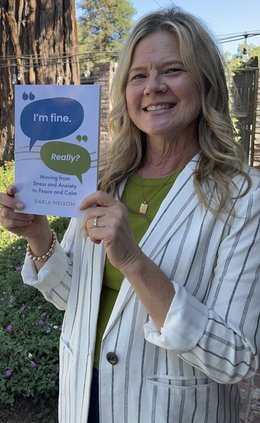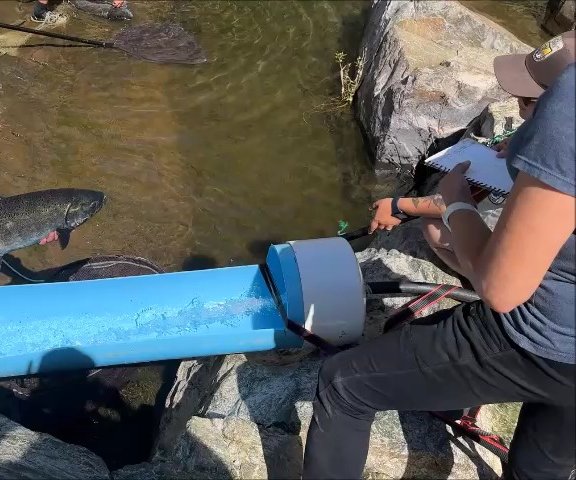The 2020-2021 water year came to an end on Sept. 30 as the sixth driest year for the Tuolumne River Watershed and the fourth driest two-year period dating back to 1897. Full natural flow for the water year was 619,099 acre-feet – only 32.4 percent of the more than 1.9 million acre-feet average for the watershed.
This is a stark contrast from just two years ago when the state declared California drought-free for the first time in nearly a decade, thanks to a surging snowpack that was 152 percent of its historical average at the time.
The new water year began on Oct. 1 and will run through Sept. 30, 2022. Turlock Irrigation District is “hoping for more precipitation.”
“Historically, the large majority of precipitation in the Tuolumne River Watershed falls between November and March – with January typically being the wettest month,” said communications specialist Brandon McMillian.
He went on to say that long-term forecasts are not reliable enough to give an accurate prediction of the entire water year, however, TID is utilizing the best technology to run models and regularly updates the Board of Directors and growers throughout the year.
“TID Hydrology will provide the most up-to-date information to our Board prior to making decisions for the 2022 irrigation season. TID plans and models for the wet, average and dry scenarios each year to best prepare for each water year,” he said.
TID still has the State Water Board’s Emergency Curtailment Orders looming over them.
“As it stands, the Curtailment Orders do not have an end date and, if they are not lifted prior to winter storms in the watershed, we would be unable to capture any water from those storms. TID is taking all legal steps necessary to challenge the State Water Board’s curtailment orders,” said McMillian.
The Aug. 20 California State Water Resources Board action halted water diversions for 10,300 water rights on the Sacramento-San Joaquin Delta. It effectively closed the surface water faucet for some 4,500 farms in America's largest agricultural economy.
The board said the action was necessary due to low water levels and concern about next year's supply.
A suit challenging the curtailment was filed in Fresno Superior Court on Sept. 2 by the San Joaquin Tributaries Authority. It represents Modesto Irrigation District, Turlock Irrigation District, Oakdale Irrigation District and South San Joaquin Irrigation District.
The districts—joined in the suit by the City and County of San Francisco—charge that state officials are violating water rights that predate 1914. That was the year California enacted its water rights law. It gave preference to senior water rights holders—including municipalities such as San Francisco and many irrigation districts and farms—that had established water claims before the law was on the books.









